Bank of America has raised its target price for Xiaopeng Motors to $27, driven by its key validation of its “physical AI” strategy and technological monetization capabilities. Volkswagen has become the first customer for the Xiaopeng VLA 2.0 model and Turing AI chip, marking the successful commercialization of Xiaopeng’s AI technology. In addition, the bank pointed out that Xiaopeng’s Robotaxi, humanoid robots, and flying cars are all planned to achieve mass production or delivery by 2026.
Xiaopeng Motors’ blueprint for “physical AI” depicted at AI Day has gained further recognition from Wall Street.
According to the Wind Chasing Trading Platform, Bank of America reiterated its “buy” rating on Xiaopeng Motors in a report released on November 6th, and raised its target price for American Depositary Receipts (ADS) from $26 to $27, with a corresponding increase in the target price for Hong Kong stocks from HKD 101 to HKD 105.
This move follows closely behind Xiaopeng’s 2025 AI Day held on November 5th, where the company elaborated on its latest developments in the field of artificial intelligence, including a series of disruptive products such as VLA 2.0 models, autonomous taxis (Robotaxi), humanoid robots, and flying cars.

The most significant news in this event is undoubtedly Volkswagen’s endorsement. The report reveals that Volkswagen has become the first customer of the Xiaopeng VLA 2.0 model and has ordered its self-developed Turing AI chip from Xiaopeng.
This cooperation is seen by Bank of America as a key signal that proves Xiaopeng Motors’ leading advantage in advanced driver assistance systems (ADAS) is beginning to translate into tangible commercial revenue, providing strong evidence for technology monetization.
However, an optimistic long-term outlook is accompanied by cautious adjustments to short-term finances. The report points out that considering factors such as changes in product portfolio, the bank has expanded its non GAAP net loss forecast for Xiaopeng by 36.7% in 2025, while lowering its net profit forecast for 2026 and 2027 by 4.5% and 5.5% respectively.
Physical AI: Volkswagen becomes first external customer
The core of Xiaopeng’s AI Day this time is to release the concept of “physical AI”, which means allowing AI to deeply understand, interact, and change the physical world. Its foundation is the brand new VLA 2.0 (Visual Language Action) big model, which the report describes as the “operating system that controls the cerebellum in the physical AI world”.
According to the report, VLA 2.0 has the following characteristics:
Powerful computing power: Driven by Xiaopeng’s self-developed Turing AI chip, the computing power reaches 2250 TOPS, and the inference efficiency is increased by 12 times.
Big model foundation: trained on a 30000 card computing cluster and a 72 billion parameter basic model on Alibaba Cloud.
Widely applicable: This model can be applied to automobiles Robotaxi、 Robots and flying cars.
For investors, the most crucial incremental information is that the report clearly states that Volkswagen has become the first customer of Xiaopeng VLA 2.0 and has ordered Turing AI chips from Xiaopeng. This collaboration is the most powerful proof of Xiaopeng’s AI technology commercialization capability, demonstrating that its advanced driver assistance system (ADAS) development capabilities are being translated into direct service revenue.
Future blueprint: Robotaxi, robots, and flying cars will all land by 2026
In addition to the core AI model, Xiaopeng has also depicted a clear future business landscape for investors and provided a clear timeline.
Robotaxi: Three Robotaxi models are planned to be launched in 2026, equipped with four Turing chips (total power 3000 TOPS) and VLA 2.0 models. The report mentions that Amap has become its first global ecosystem partner.
IRON: The new generation of humanoid robots is expected to achieve mass production by the end of 2026. Its highlights include the use of all solid state batteries, which will be the first to be applied in commercial scenarios such as navigation and patrol. The report reveals that Baosteel Group will use Xiaopeng’s IRON robot for inspection work.
ARIDGE: ARIDGE’s “Land Carrier” (for individual users) is scheduled to begin mass production and delivery in 2026. The planned annual production capacity of its flying car factory is 10000 units.
Financial considerations behind the target price increase
Bank of America has set the target price for Xiaopeng Xin at $27, based on the average of two valuation methods: EV/Sales (Enterprise Value/Sales) and DCF (Discounted Cash Flow).
The report explains that although the bank has lowered the target EV/Sales multiple in its valuation model from 1.8 times to 1.5 times, the fair value based on the EV/Sales method has actually increased due to the adjustment of the valuation basis from the 2025/2026 sales outlook to the full year of 2026. Analysts believe that compared to its peers, Xiaopeng’s higher sales growth expectations from 2025 to 2026, as well as the launch of new businesses such as humanoid robots and autonomous taxis, should enjoy higher valuation multiples.

Despite raising the target price, Bank of America’s profit forecast for Xiaopeng tends to be conservative. The report predicts that due to product portfolio adjustments, the company’s gross profit margin will face pressure, leading to an expansion of losses in 2025. However, the bank still expects Xiaopeng to achieve profitability in the fourth quarter of 2025.



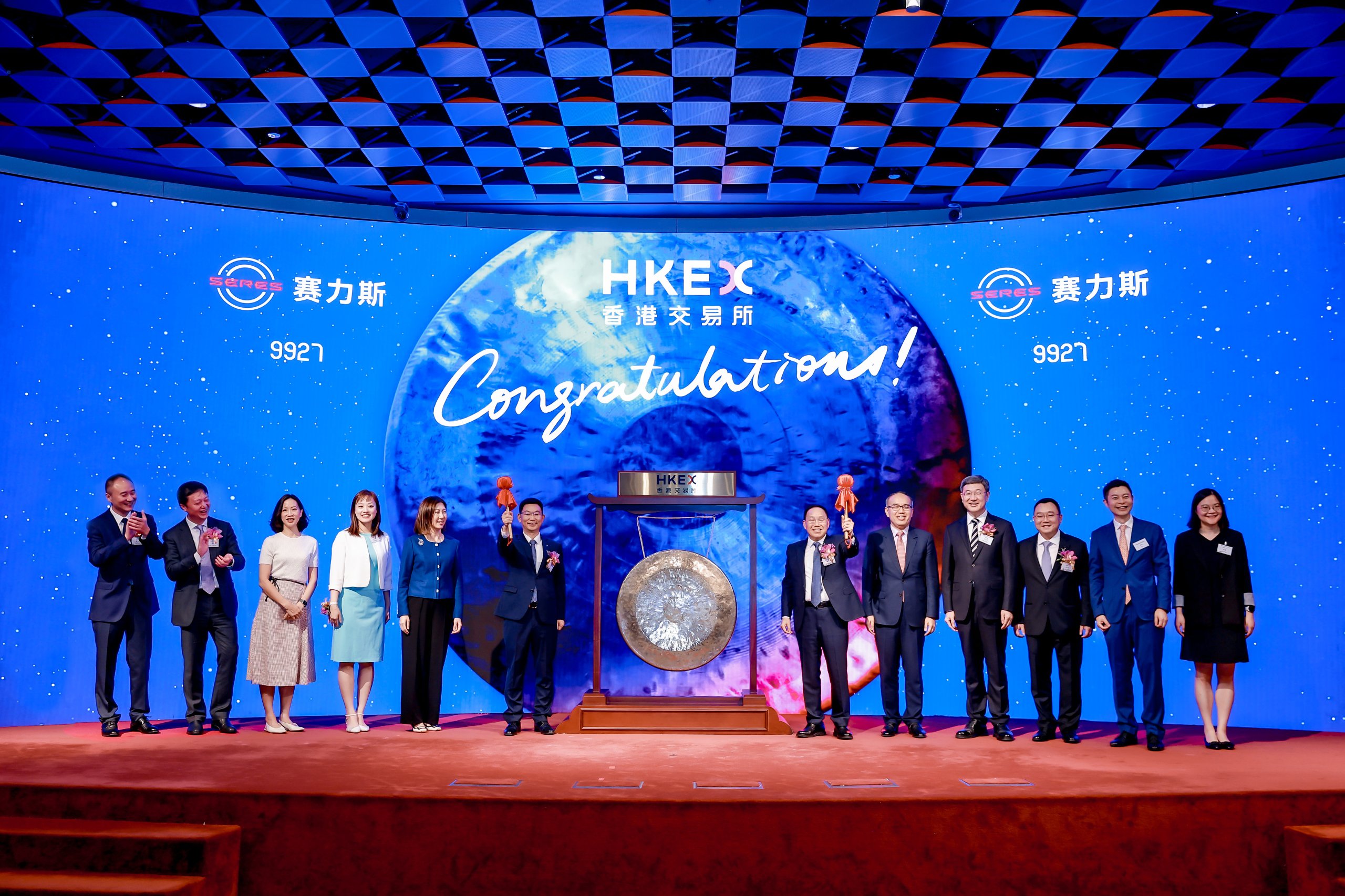



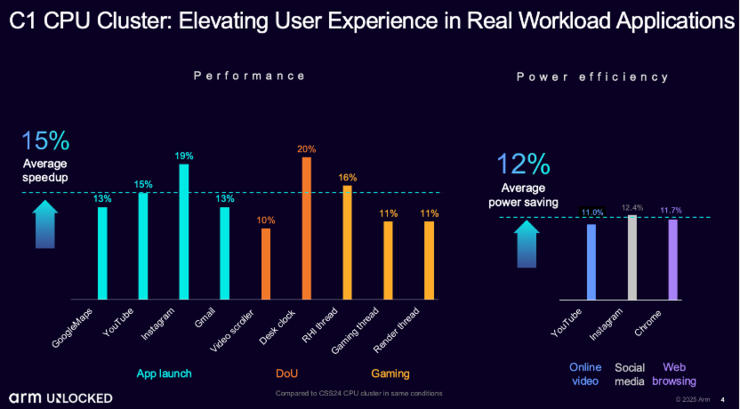
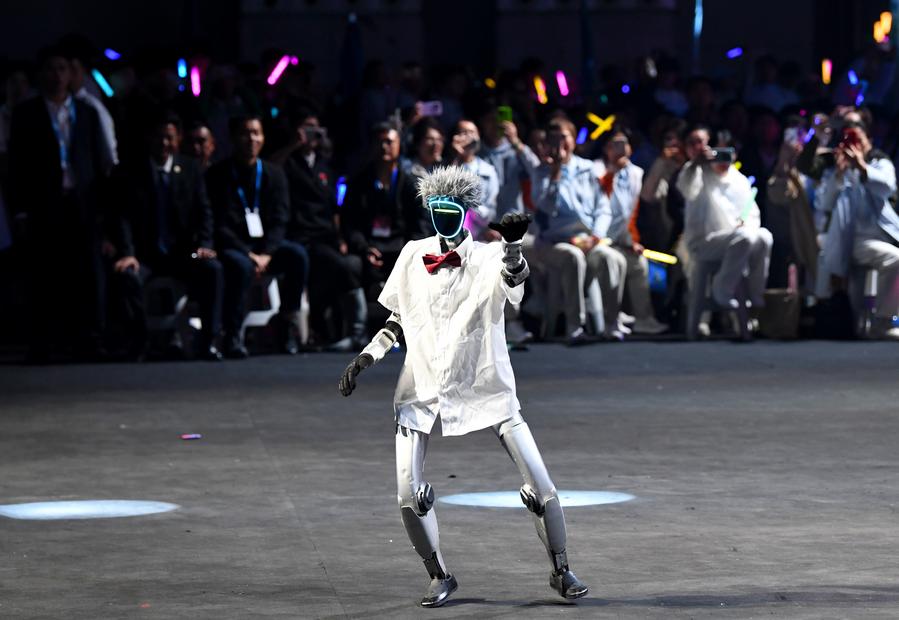
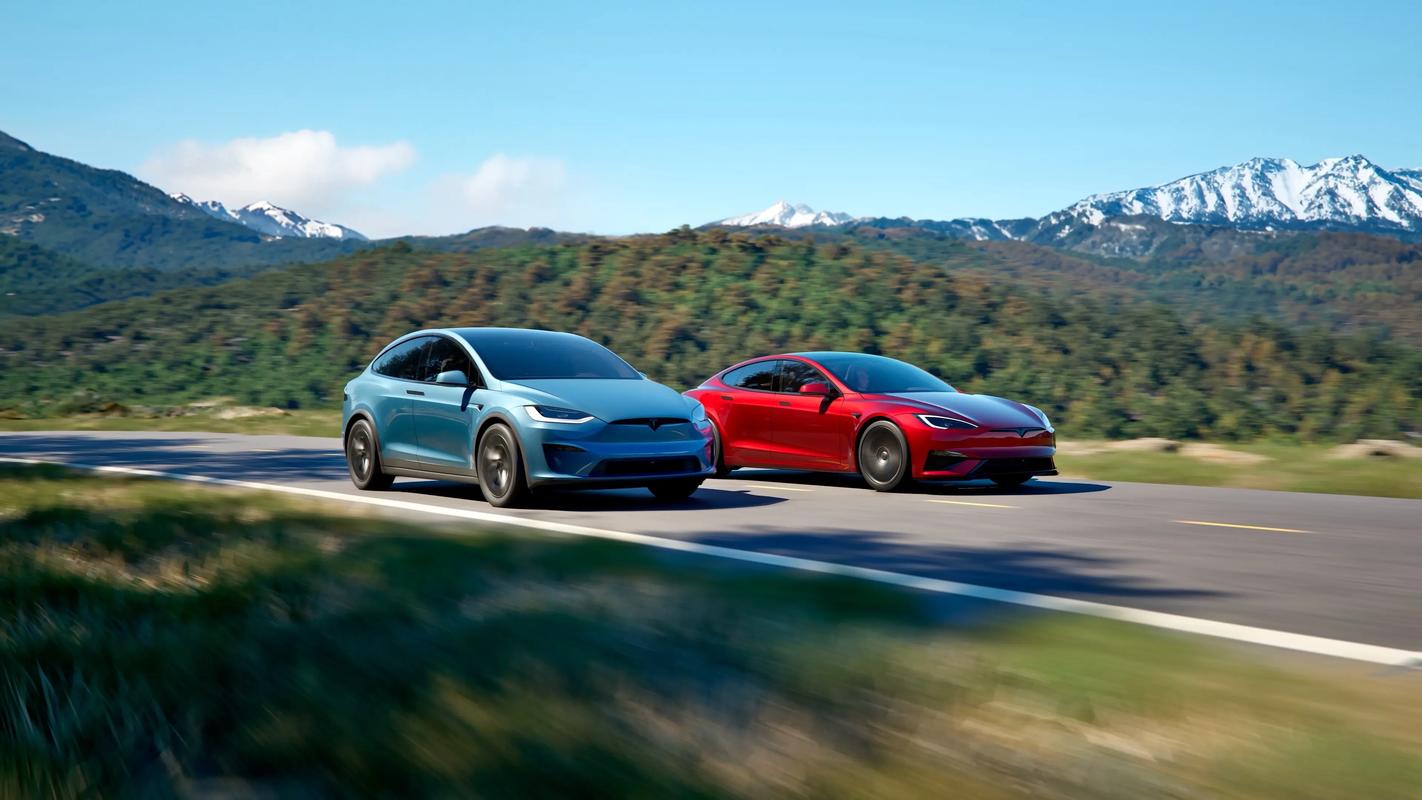

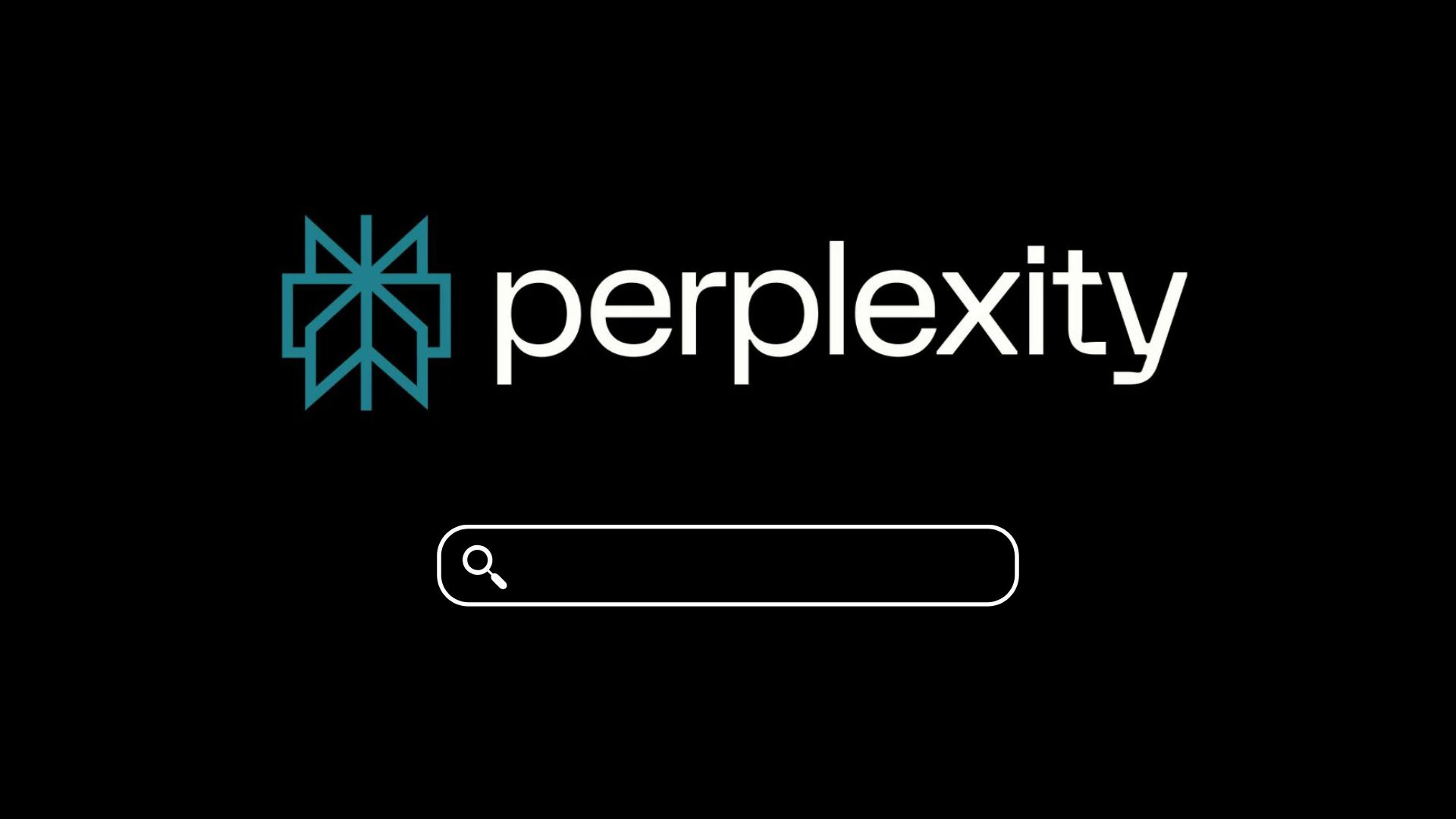




暂无评论内容